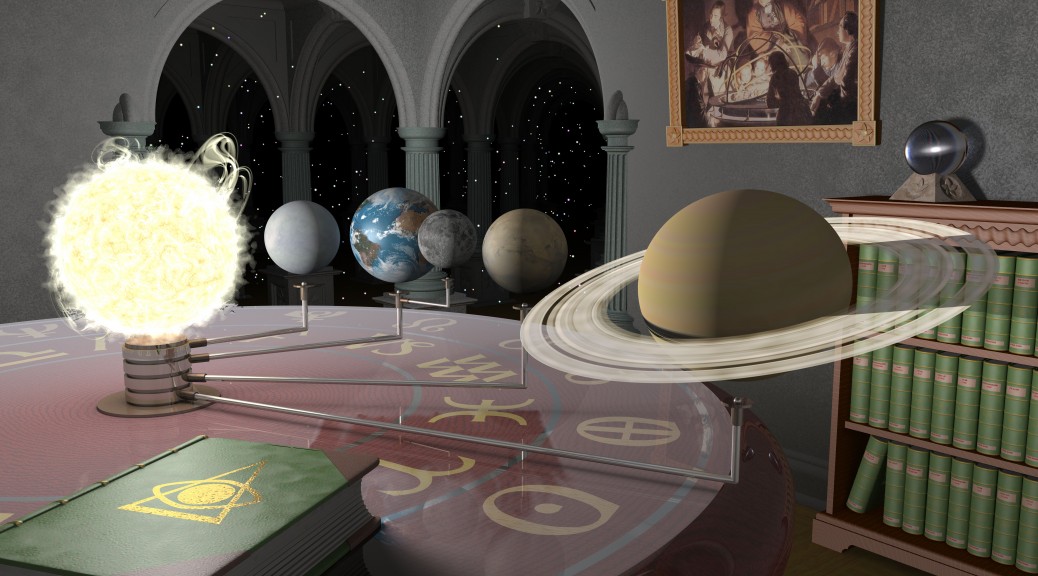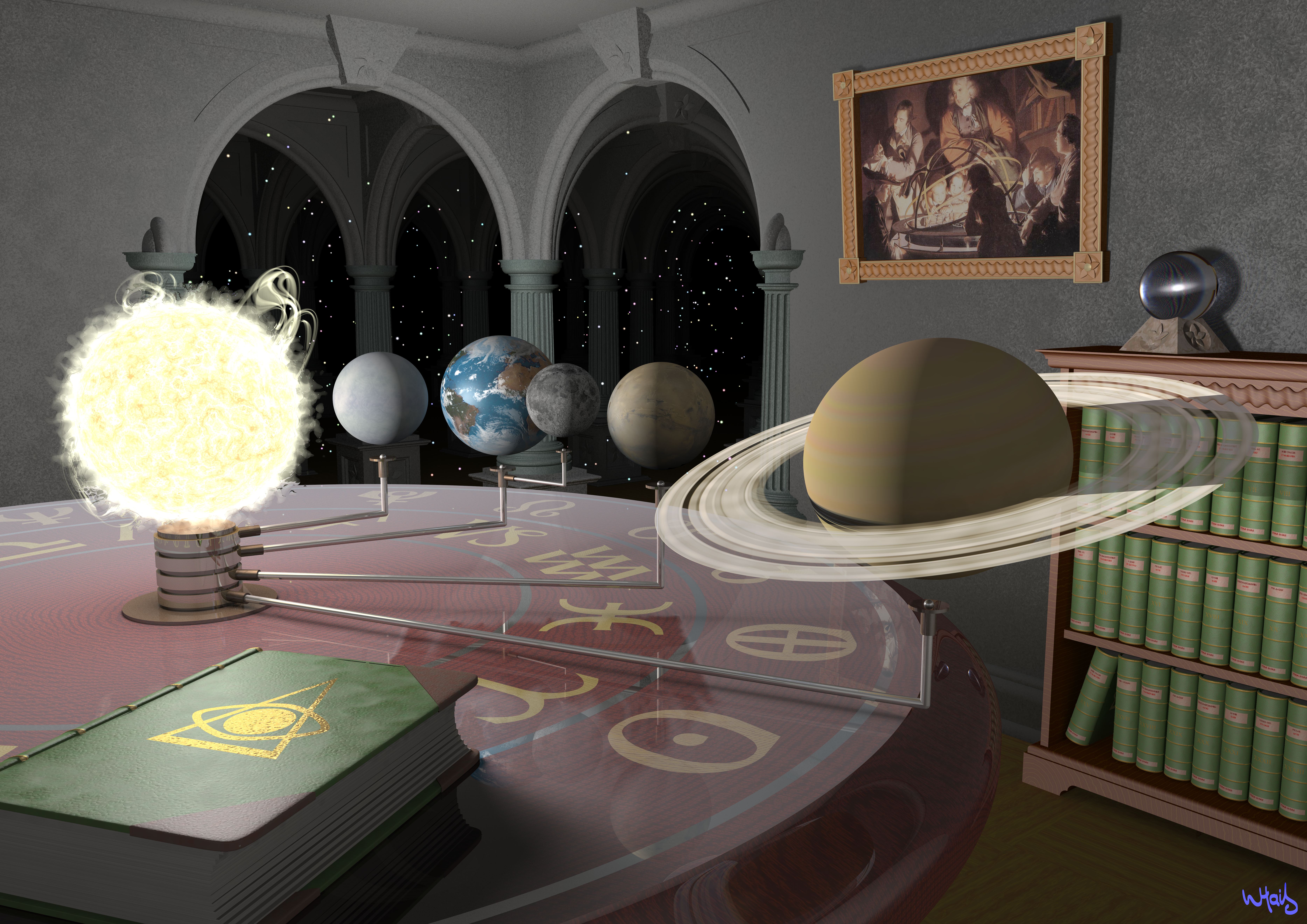Some Interesting Facts
There are a million (1,000,000) millimeters in a kilometer, or put another way a million seconds is about eleven and a half days, so a million is not an unmanageable number. Some of the following numbers are quite unmanageable, however it’s interesting that the ratios of many of the numbers are on a comfortable human scale.
- Man appeared on this planet about 2,000,000 years ago.
- Age of the universe: approximately 13,700,000,000 years, or 6,850 times as old as the human race.
- There are approximately 100,000,000,000 galaxies in the observable universe.
- The nearest one to ours, Andromeda, is 2,500,000 light years away.
- That means the light that we can see now from our nearest galactic neighbour set out some time shortly before the human race existed.
- Our Galaxy
- has approximately 300,000,000,000 stars. That’s three times as many stars as there are obsevable galaxies.
- its oldest stars are 13,600,000,000 years old – 99% as old as the universe itself.
- it is approximately 360,000 light years across, including the galactic halo, so from the centre of our galaxy to its edge is about 14% of the way to Andromeda.
- it rotates roughly once every 237,000,000 years.
- so the galaxy has rotated very roughly 57 times since its oldest stars formed.
- Our solar system
- to the edge of the Kupier belt is 9,299,580,700 miles (13 light hours) across.
- is about 4.2 light years away from its nearest neighbour (Proxima Centauri.)
- is about 26,000 light years from galactic centre.
- has done 20-25 orbits of the galaxy since it was formed 4,600,000,000 years ago
- life on earth began shortly afterwards about 4,000,000,000 years ago so earth has done some 16 orbits of the galaxy since life began, and life on earth is about 3/10 as old as the universe itself.
- one galactic rotation ago earth was in the Jurassic period and the beginnings of the dinosaurs.
- the solar system has orbited roughly 2 degrees around the galaxy since the advent of humans.

